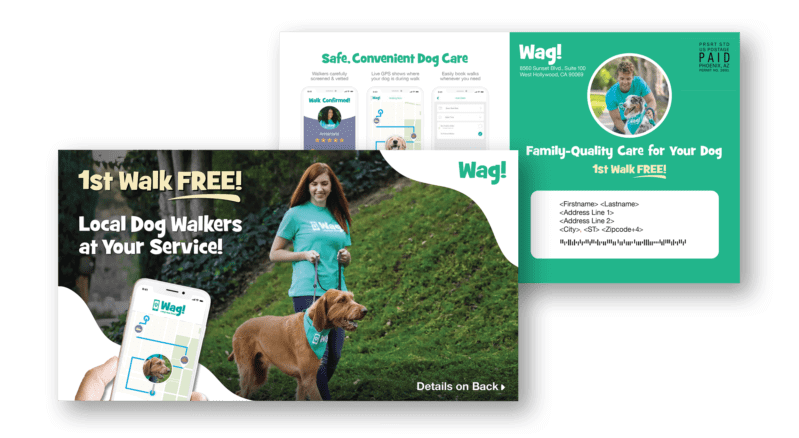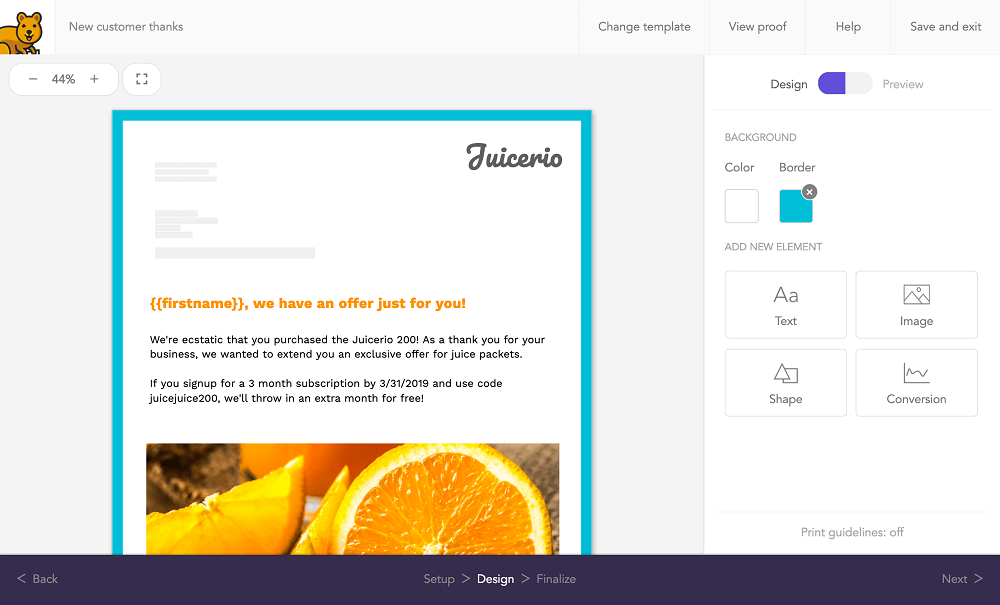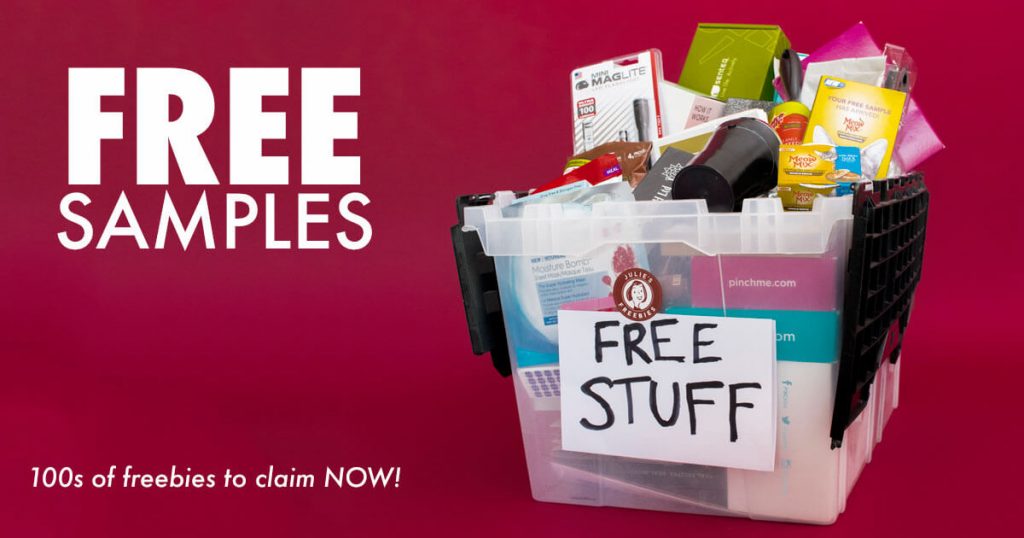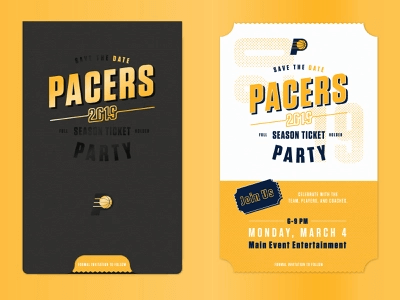Welcome to the world of direct mail marketing, where the power of a physical piece of mail can make a lasting impact on your customers. Direct mail stands out as a highly successful strategy that can help your business grow in today’s digital world, where email inboxes are overflowing and online ads are fighting for attention
In this comprehensive guide, we will explore the advantages of direct mail marketing and provide you with valuable insights on how to utilize this powerful tool to grow your business. Whether you’re new to direct mail marketing or looking to enhance your existing campaigns, this article will equip you with the knowledge and strategies to make the most of this tried-and-true marketing approach.
What Is Direct Mail Marketing?
Direct mail marketing is a proactive approach where businesses send promotional materials, such as postcards, brochures, or catalogs, directly to their target audience’s physical mailboxes. Unlike digital marketing channels, direct mail offers a tangible experience that recipients can hold and interact with. It allows businesses to capture the attention of potential customers in a more personal and memorable way.
With direct mail, businesses have the opportunity to tailor their messaging and design to suit the preferences and needs of specific target groups. By understanding their audience and segmenting them accordingly, businesses can create highly targeted direct mail pieces that resonate with recipients on a more individual level.
Direct mail can be used for various marketing objectives, such as generating leads, promoting products or services, driving customer retention, or even inviting recipients to events. It provides a platform to showcase brand personality, tell compelling stories, and create a lasting impression. Businesses can encourage readers to participate online by inserting QR codes or personalized URLs in direct mail for more engagement.
Direct mail has the ability to break through the clutter of digital advertising. In a world saturated with online ads, direct mail offers a physical presence that stands out and captures attention. It allows businesses to differentiate themselves from competitors and establish a more personal connection with their target audience.
Moreover, direct mail campaigns can be measured and tracked for effectiveness. By monitoring response rates, conversion rates, and ROI, businesses can gain insights into the success of their campaigns and make data-driven decisions for future optimizations.
Overall, direct mail marketing is a versatile and impactful strategy that enables businesses to engage with their target audience in a tangible and personalized way. It offers a unique opportunity to cut through the noise, deliver targeted messaging, and achieve marketing goals effectively.

How Effective Is Direct Mail Marketing?
Advantages of Direct Mail Marketing
Direct mail marketing offers several advantages that make it a popular choice for businesses. Here are the advantages of direct mail marketing explained in bullet points:
Targeted Audience:
- Direct mail allows you to precisely target your desired audience based on various criteria such as demographics, location, income level, or purchasing behavior. This targeting capability increases the chances of reaching the right people with your marketing message.
- According to the Data & Marketing Association, targeted direct mail campaigns have a response rate of 4.9% for prospect lists and 9% for house lists(retention list), indicating their effectiveness in reaching and engaging the intended audience.
Tangible and Personalized:
- Direct mail provides a physical and tactile experience, allowing recipients to hold and interact with the marketing material. This tangible aspect can create a stronger emotional connection and enhance brand recall.
- Personalization is a powerful aspect of direct mail. According to a study by the Direct Marketing Association, personalized direct mail campaigns achieved response rates up to 36% higher than non-personalized campaigns. Incorporating personalization, such as using the recipient’s name or tailoring offers based on their preferences, can significantly improve the effectiveness of your direct mail campaigns.
High Visibility:
- Direct mail has a higher chance of being seen and remembered compared to digital advertisements that can easily be ignored or blocked.
- According to the USPS Household Diary Study, 98% of consumers bring in their mail the day it is delivered, and 77% sort through it immediately. This immediate attention to physical mail increases the likelihood of your marketing message being noticed and considered by recipients.
Less Competition:
- With the rise of digital marketing, the mailbox has become less crowded, providing an opportunity for direct mail to stand out and make a lasting impression.
- The Response Rate Report from the Direct Marketing Association stated that the average response rate for direct mail to a house list was 5.3%, while the average email response rate was only 0.6%. This highlights the comparative advantage of direct mail in terms of cutting through the clutter and capturing audience attention.
Response Tracking:
- Direct mail campaigns can be easily tracked and measured to evaluate their effectiveness.
- By incorporating unique tracking mechanisms like personalized URLs (PURLs), QR codes, or specific coupon codes, you can monitor response rates, track conversions, and measure the success of your direct mail campaigns. This data allows you to make data-driven decisions and optimize future marketing efforts.
Higher Response Rates:
- Direct mail has the potential to generate higher response rates compared to digital channels.
- According to the 2020 DMA Response Rate Report, the response rate for direct mail to a prospect list was 4.9%, surpassing the email response rate of 0.6%. Additionally, the response rate for house lists was even higher at 9%. These statistics indicate the effectiveness of direct mail in eliciting a response and driving customer engagement.
Multichannel Integration:
- Direct mail can be integrated with other marketing channels to create a holistic and effective campaign.
- Combining direct mail with digital channels like email marketing, social media ads, or personalized landing pages allows for a coordinated marketing approach. For example, a direct mail piece can direct recipients to a specific URL or social media profile, encouraging them to engage further and facilitating cross-channel communication.
Trust and Credibility:
- Direct mail can help establish trust and credibility with your audience.
- A well-designed and professionally printed mail piece conveys a sense of legitimacy and professionalism, enhancing your brand reputation. According to the DMA Response Rate Report, 56% of consumers find print marketing to be the most trustworthy type of marketing.
Improved Return On Investment (ROI):
- Direct mail can provide a strong return on investment (ROI) when executed effectively.
- The targeted nature of direct mail, combined with its high visibility and response rates, can lead to increased conversions and sales.
- The DMA’s Response Rate Report reveals that direct mail outperforms all digital marketing channels in terms of ROI, with a median ROI of 29% for direct mail to a prospect list.
Improved Customer Engagement:
- Direct mail provides an opportunity for tactile interaction and engagement.
- Recipients can physically hold and explore the mail piece, leading to a deeper and more engaging experience compared to digital advertisements.
- This engagement can foster a stronger emotional connection with your brand and increase the likelihood of a positive response.
Building Long-Term Relationships:
- Direct mail can play a crucial role in building long-term relationships with customers.
- By consistently sending targeted and relevant mailers, you can stay top-of-mind and nurture ongoing connections with your audience. This continuous engagement helps build customer loyalty, repeat business, and referrals.
These advantages, supported by relevant statistics, demonstrate the effectiveness and value of direct mail marketing in reaching and engaging target audiences.
How to Create a Direct Mail Marketing Campaign?
Creating a direct mail marketing campaign involves several key steps to ensure its effectiveness and maximize results. Here’s a guide on how to create a successful direct mail marketing campaign:
Step 1: Define Your Campaign Objectives:
Clearly defining your campaign objectives is crucial because it provides a clear direction and purpose for your direct mail campaign. Identify what you want to achieve, such as generating a certain number of leads, increasing sales by a specific percentage, or promoting a new product or service. Specific objectives allow you to create a focused strategy and measure the success of your campaign accurately.
Step 2: Identify Your Target Audience:
Understanding your target audience is essential for creating effective direct mail pieces. Develop detailed buyer personas based on market research, customer data, and demographics. By segmenting your audience, you can personalize your messaging and offers to resonate with their specific needs and preferences. This personalized approach increases the chances of engagement and response.
Step 3: Craft Compelling Content:
Captivating your audience’s attention is crucial for the success of your direct mail campaign. Design visually appealing mailers with eye-catching images and use clear headlines that convey the main message. Keep your content concise yet persuasive, highlighting the benefits and value of your products or services. Additionally, incorporate storytelling techniques that create an emotional connection with recipients, making your message more memorable and relatable.
Step 4: Offer Valuable Incentives:
Including incentives or offers in your direct mail can entice recipients to take action. Consider offering discounts, free samples, exclusive access, or special promotions. The incentive should align with your campaign objectives and provide value to your audience. Make sure to communicate the incentive clearly and emphasize the urgency or limited availability to create a sense of urgency.
Step 5: Design Eye-Catching Mailers:
Invest in professional design and printing services to ensure that your direct mail pieces stand out and make a positive impression. Use high-quality images and fonts that align with your brand identity. Consider the format that best suits your campaign goals, such as postcards, brochures, or catalogs. The design should be visually appealing, professional, and consistent with your overall brand image.
Step 6: Personalize and Customize:
Personalization is a powerful way to make your direct mail feel more tailored and relevant to each recipient. Utilize variable data printing to incorporate personal details, such as recipient names or customized messages. Customization creates a sense of personal connection and increases the likelihood of engagement. Leverage the data you have on your audience to provide a personalized experience.
Step 7: Integrate with Other Marketing Channels:
Integrating your direct mail campaign with other marketing channels can enhance its effectiveness and reach. Include QR codes that lead recipients to specific landing pages, personalized URLs for tracking and customization, or social media handles for online engagement. By integrating with other channels, you create a cohesive and multi-channel experience for your audience, increasing brand exposure and interaction opportunities.
Step 8: Test and Measure:
Before launching your direct mail campaign, conduct A/B testing with different mail formats, offers, or headlines to identify the most effective elements. Test small sample groups to gauge responses before rolling out the full campaign. Track response rates, conversion rates, and ROI to measure the success of your campaign. Use the data obtained to optimize future efforts, refine your targeting, and improve overall results.
Step 9: Follow Up and Nurture:
After sending out your direct mail, don’t let the interaction end there. Follow up with recipients through other channels, such as email or phone calls, to continue engaging with leads and guide them through the customer journey. Create a nurturing sequence that provides additional information, offers, or incentives to further encourage their engagement and conversion.
By following these steps, you can create a well-executed direct mail marketing campaign that effectively reaches your target audience, delivers compelling messaging, and drives the desired actions to achieve your campaign objectives.
Also, It is important to have the right tool to run direct mail marketing campaign. For example, Productivity Apps, Designs, MarTech, etc. Without a proper tool is quite difficult to achieve your marketing goals. So, it’s better to have those tools before starting a direct marketing campaign. To get software/tools at the best-discounted price you can visit an online SaaS marketplace like BufferApps.
Direct Mail Marketing Examples :
1. Postcards

Postcards are a popular direct mail format due to their simplicity and cost-effectiveness. They typically feature eye-catching visuals, a concise message, and a clear call-to-action. Postcards can be used for various purposes, such as announcing a sale, promoting an event, or sending personalized greetings.
2. Brochures

Brochures are versatile direct mail pieces that allow for more detailed information and storytelling. They often include multiple pages or folds and can showcase product catalogs, service offerings, or company profiles. Brochures can be visually appealing with engaging graphics, informative content, and a strong call-to-action.
3. Catalogs

Catalogs are comprehensive direct mail pieces that showcase a wide range of products or services. They are commonly used in industries such as retail, fashion, or home decor. Catalogs typically have a visually appealing design, product descriptions, pricing, and ordering information. They aim to drive product discovery and sales.
4. Personalized Letters

Personalized letters are highly effective in creating a personal connection with the recipient. They can be used for various purposes, such as thanking customers, offering exclusive discounts, or providing personalized recommendations. Personalized letters often include the recipient’s name, customized content, and a clear call-to-action.
5. Samples or Freebies

Including product samples or freebies in direct mail can be a powerful way to generate interest and trial. It allows recipients to experience the product firsthand and increases the likelihood of conversion. Samples or freebies can be accompanied by a personalized letter, a brochure, or a postcard explaining the benefits and encouraging further action.
6. Invitations

Direct mail can be used to send personalized invitations to events, product launches, or exclusive gatherings. Invitations often have an elegant design, including event details, RSVP information, and can be customized with the recipient’s name. They create a sense of exclusivity and encourage recipients to attend the event.
7. Loyalty or Membership Cards

Direct mail can be used to send loyalty or membership cards to customers, rewarding them for their continued support. These cards often come with personalized information, special discounts or benefits, and instructions on how to use them. Loyalty or membership cards aim to strengthen customer relationships and drive repeat business.
Remember, the examples above are just a few possibilities. The choice of direct mail format depends on your campaign objectives, target audience, and the nature of your products or services. It’s essential to select a format that effectively communicates your message, captures attention, and encourages recipients to take the desired action.
Can Direct Mail Marketing Boost Your Business?
Yes, direct mail marketing can boost your business.
- Direct mail can effectively reach your target audience and grab their attention.
- It provides a tangible and personalized experience, creating a lasting impression.
- Direct mail allows for targeted messaging and customization, increasing engagement.
- It can complement your digital marketing efforts, creating a cohesive multi-channel approach.
- Direct mail generates leads, drives sales, and improves customer retention.
- By measuring response rates and ROI, you can optimize future campaigns for better results.
- Direct mail helps differentiate your business and build brand awareness.
- It can drive website traffic, online engagement, and social media interaction.
- Direct mail campaigns can be tailored to specific demographics, maximizing relevance.
- It offers a higher response rate compared to some digital marketing channels.
Conclusion
Direct mail marketing is a powerful tool that offers numerous advantages for businesses in today’s digital age. The tangible and personalized nature of direct mail creates a unique connection with recipients, while its high visibility enhances brand awareness. With precise targeting and higher response rates compared to other channels, direct mail allows businesses to engage their desired audience effectively.
To make the most of direct mail marketing, it’s important to set clear objectives, understand your target audience, and create compelling mail pieces. Integrating direct mail with digital channels amplifies its impact, and continuous testing, tracking, and optimization ensure ongoing success.
By leveraging the advantages of direct mail marketing and implementing the strategies outlined in this guide, you can unlock new opportunities for customer acquisition, retention, and growth. Embrace the power of direct mail and watch as it becomes a valuable asset in your marketing arsenal.
FAQs –
Yes, direct mail marketing can be highly effective in reaching and engaging target audiences, driving response rates, and generating leads. Its tangible nature and personalized approach make it a valuable marketing tool for businesses.
Yes, the ROI of direct mail campaigns can be measured. By tracking response rates, conversion rates, and comparing campaign costs to generated revenue, businesses can calculate the return on investment. This allows for evaluating campaign success and optimizing future efforts.
Yes, direct mail can work in conjunction with inbound marketing strategies. By integrating direct mail with inbound tactics like personalized URLs or QR codes, businesses can drive recipients to online platforms and capture valuable data. This multi-channel approach enhances customer engagement and supports a cohesive marketing strategy.
The cost of direct mail marketing can vary based on factors like the size of the campaign, design and printing expenses, mailing list procurement, and postage fees. It’s important to consider these factors to create a budget that aligns with your campaign objectives and target audience size.
The average response rate for a direct mail campaign typically ranges between 3% to 5%. However, the actual response rate can vary based on factors like the quality of the mailing list, the appeal of the offer, the effectiveness of the creative content, and the targeting of the audience. It’s important to track and analyze response rates specific to your own campaigns for accurate insights.

